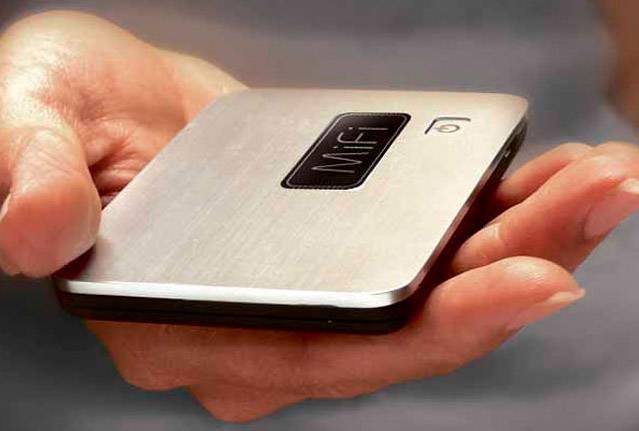%27%20fill-opacity%3D%27.5%27%3E%3Cellipse%20fill%3D%22%23eaccb1%22%20fill-opacity%3D%22.5%22%20rx%3D%221%22%20ry%3D%221%22%20transform%3D%22matrix(-35.52371%2082.88303%20-228.47411%20-97.92413%20150%20125.7)%22%2F%3E%3Cellipse%20fill%3D%22%2339172f%22%20fill-opacity%3D%22.5%22%20rx%3D%221%22%20ry%3D%221%22%20transform%3D%22rotate(-170.6%2095%20158.9)%20scale(371.62142%2073.43896)%22%2F%3E%3Cellipse%20fill%3D%22%23a6b7c6%22%20fill-opacity%3D%22.5%22%20rx%3D%221%22%20ry%3D%221%22%20transform%3D%22matrix(21.8907%2071.15685%20-161.37377%2049.64505%20263.4%20154.2)%22%2F%3E%3Cellipse%20fill%3D%22%23eb9451%22%20fill-opacity%3D%22.5%22%20rx%3D%221%22%20ry%3D%221%22%20transform%3D%22matrix(77.1321%20-88.91405%2070.65423%2061.29188%2062.4%2092.7)%22%2F%3E%3C%2Fg%3E%3C%2Fsvg%3E) Scenario
Scenario
Let’s say you’ve taken your room at the hotel and Internet is not free, but you’ve got so much work staring you in the eyes. While it is true that many hotels offer Internet for free to patrons, there are many still who think they can get away with murder on the prices.
According to In-Stat, a market analysis firm in Phoenix, one night of Wi-Fi can run a patron as much as $30. Additional devices connect at additional charges and even a rate based on usage is levied from time to time.
The solution to this highway robbery is to carry a mobile hotspot with you as you travel. With this device, the size and weight of your wallet, you can hook up to the Net through the 3G and 4G phone services. The connection dished up to your computer through Wi-Fi will be broadband speed. Don’t worry about where you are. As long as you have a phone signal you have Internet. Also, one portable hotspot can serve as many as five Wi-Fi connections from your devices.
The Carriers
The three top carriers in the U.S. offer mobile hotspot plans. Don’t expect coverage everywhere, though. In fact, it is so spotty, the emphasis should be hotSPOT. You’ll find mobile hotspot working in the coastal cities, but missing from the interior. Beyond this patchwork service, the plans do have their own limitations.
The AT&T plan uses HSPA+ technology that upgrades 3G speeds. The Sprint and Verizon plans offer WiMax and LTE, respectively, which are true 4G. Data allowances slice the division between the big three differently, leaving Sprint the winner in this category. AT&T limits data to 5G, Verizon to 5G or 10G, depending on the plan chosen, and Sprint allows unlimited data transfer for their 4G access.
The money is the final deal breaker. AT&T offers one plan at $50. Verizon’s plans are $50 and $80. Sprint’s offerings come in at $44.99, minimum. If you use 4G only, then Sprint’s price rocks. However, if there is only 3G coverage in your area, then Sprint’s 5G, middle of the road plan, would cost you $59.99, leaving Verizon the winner. However, a real test would surely go a long way to dispel any propaganda.
Real-life Comparison
In a real-life test by Computerworld, the differences were clarified. Verizon was top in download speeds, by as much as 600%. This may be the point where you quit reading this article and call Verizon. But if not, then consider that Sprint and AT&T were neck and neck. Upload speeds showed a larger spread. Verizon turn up almost a 1000% increase over the other two.
Latency is another serious consideration. It is how responsive the network is to the requests. The better latency is a lower number, measured in milliseconds. Verizon’s latency was measured at half that of Sprint’s and Sprint’s at half that of AT&T’s. Wi-Fi ranges turned out fairly similar, with Sprint making a slightly weaker showing with their standard device.
In short, Verizon is the fastest, Sprint is the easiest, and AT&T the cheapest.
Source: Computerworld






